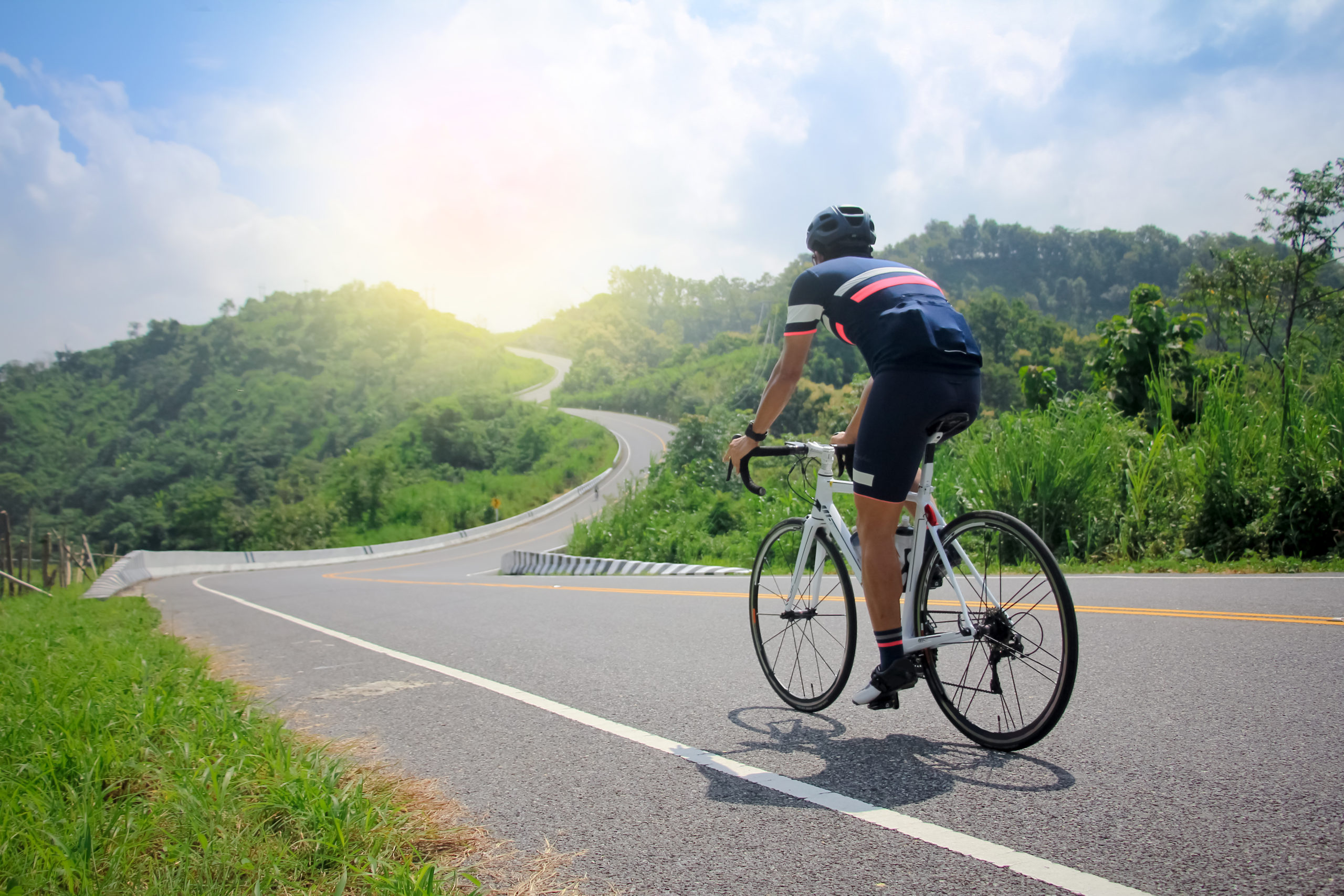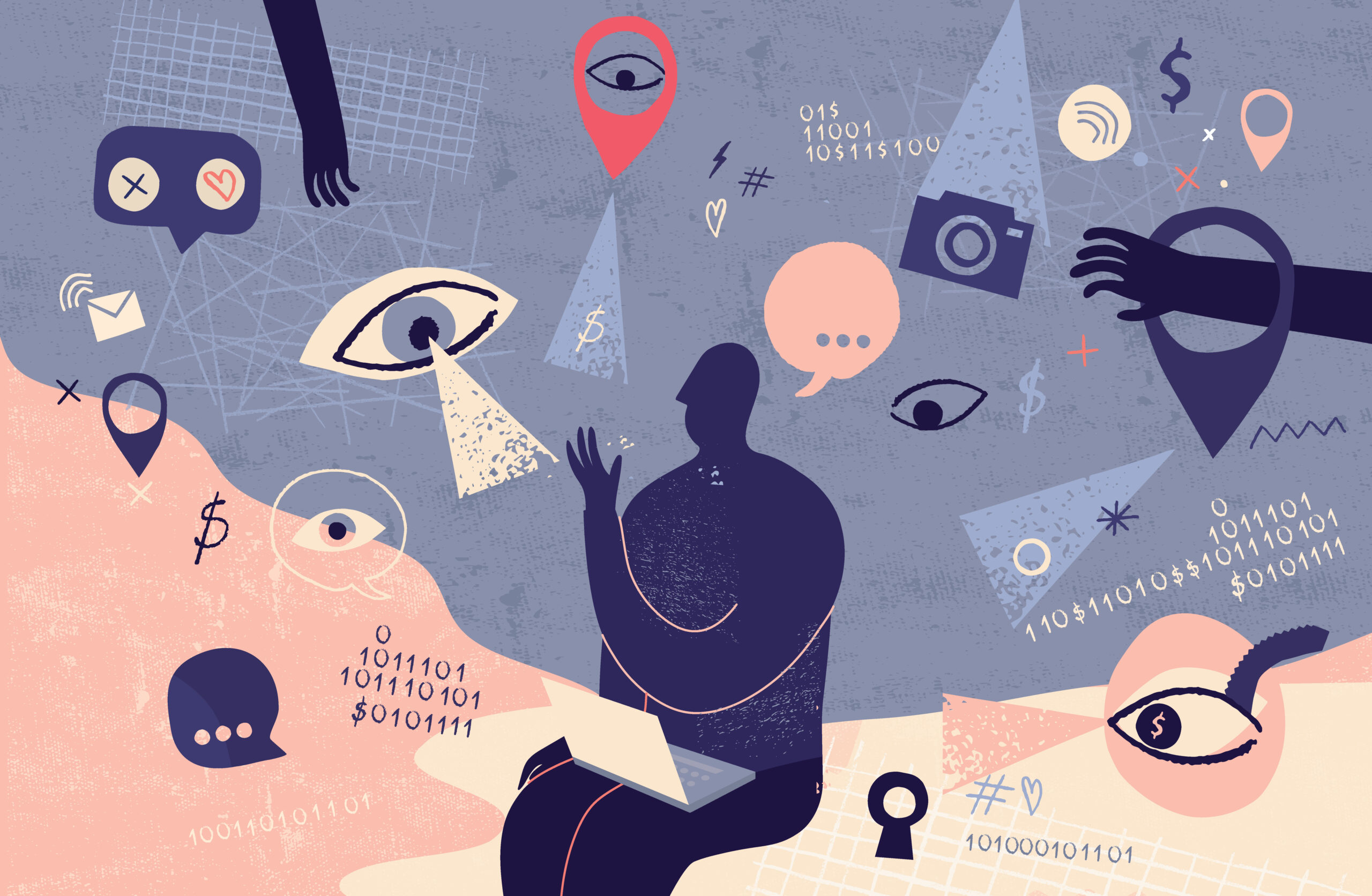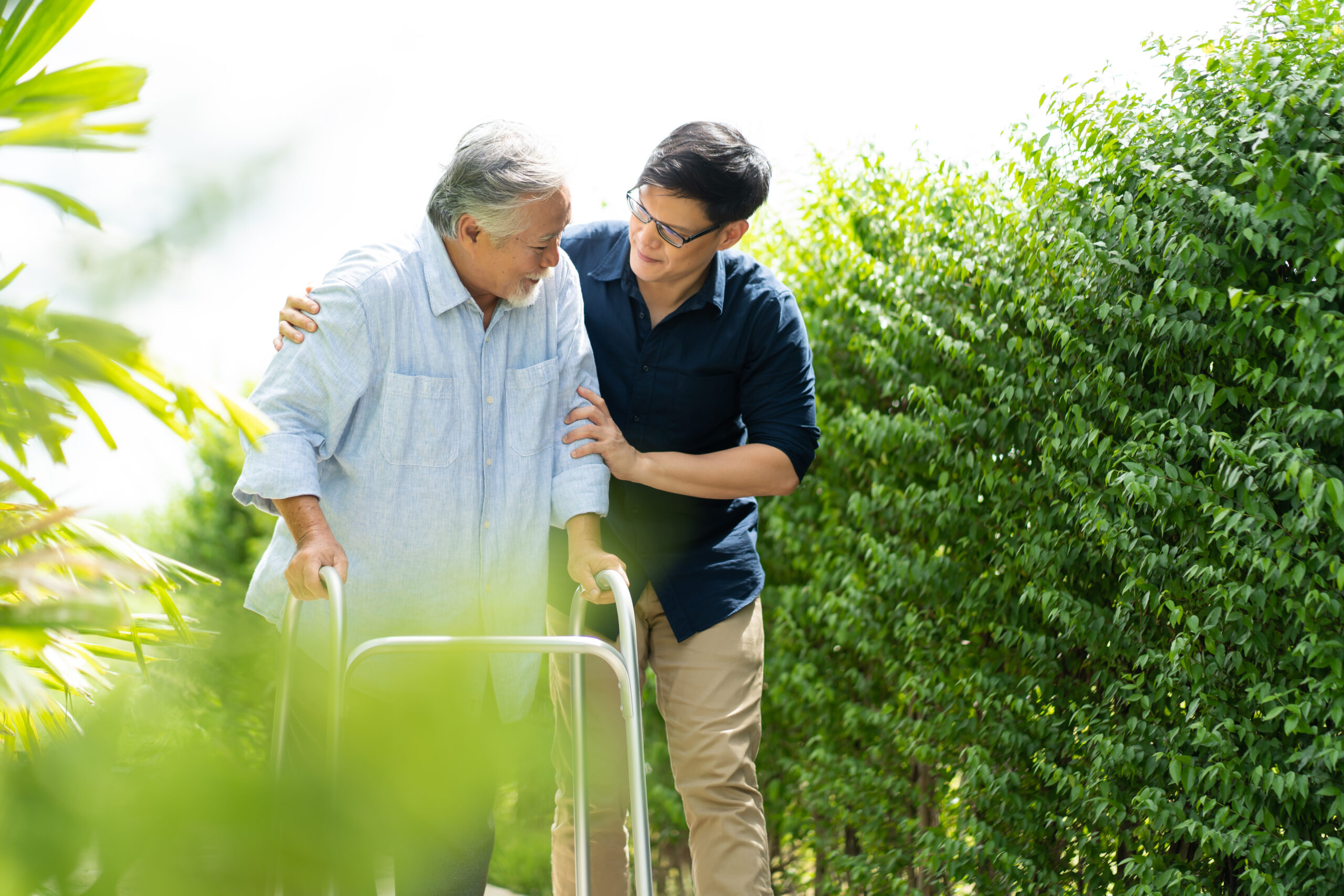Bicycling outdoors is one of the best ways to get in shape and see nature in its finest splendor. Bicyclists face road hazards, and they must share the road with automobiles, motorcyclists and pedestrians. Accidents can happen, and the number of deaths from bicycle accidents has increased 37% in the last ten years. Over 33,000 people die in car crashes in the United States each year, and approximately 1 in 41 are bicyclists. Here are some great ways to stay safe while riding your bicycle.
Go with the traffic flow – Ride on the right side of the road in the same direction the traffic is going. Use bike lanes if available and avoid riding on sidewalks unless it is necessary.
Obey all traffic laws and yield to traffic – Under most state laws, you should treat your bicycle like a motor vehicle subject to those terms. When you ride your bicycle on the road, you must obey all traffic signals, traffic signs and lane markings. You must use hand signals when making any left- or right-hand turns. Generally, drivers on a smaller road must yield the right-of-way for traffic on a major or larger road. If there is no stop sign or traffic signal and you are coming from a smaller roadway (out of a driveway, from a sidewalk, a bicycle path, etc.), you must slow down and see if the way is clear before proceeding. This also means yielding to pedestrians who have already entered a crosswalk.
Wear a helmet – With the increase in bicycling has come the rise in head injuries. Experts want people to know they can prevent severe head injuries by wearing bicycle helmets. Although the helmet cannot prevent an accident in the first place, it can save the rider from facial injuries, traumatic brain injuries, severe head injuries and death. The Centers for Disease Control and Prevention (CDC) has found that less than fifty percent of bicycle riders in the United States wear bicycle helmets. The CDC also found 494,000 Emergency Room visits reported and 900 fatalities due to bicycle injuries.
Check your equipment – Your seat should be in good condition, adjusted to the proper height and locked in place. Check your tires to ensure the tread is not worn down and that the tires are inflated properly. Make sure your bicycle is equipped with reflectors on the rear and front. Also, be sure that your brakes work. A bell, rearview mirror, bright headlight and taillight are recommended to provide additional safety for the rider.
Plan to be seen – It is very important to be seen by others whether you ride your bicycle at dawn, during the daytime or at night. It is best to wear brightly colored neon or fluorescent clothing to make yourself more visible to pedestrians and drivers. Reflective clothing, such as vests and flashing lights (see Lightinthebox.com), is very affordable and adds extra safety for night riding.
Stay alert – Use your eyes and ears to hear traffic and avoid dangerous situations. Watch out for potholes, cracks, wet leaves, storm grates, railroad tracks or anything that could make you fall and lose control of your bicycle. Carry your ID, cell phone and money in case you have an emergency. If you are involved in a bicycle wreck, it is imperative that you call law enforcement and have them report to the scene and complete an investigation report.
Many bicycle-related crashes resulting in injury or death are associated with the bicyclist’s behavior, including such things as not wearing a bicycle helmet, riding into a street without stopping, turning left or swerving into traffic that is coming from behind, running a stop sign and riding the wrong way in traffic. To maximize your safety, always wear a helmet and follow the rules of the road.








Leave A Comment